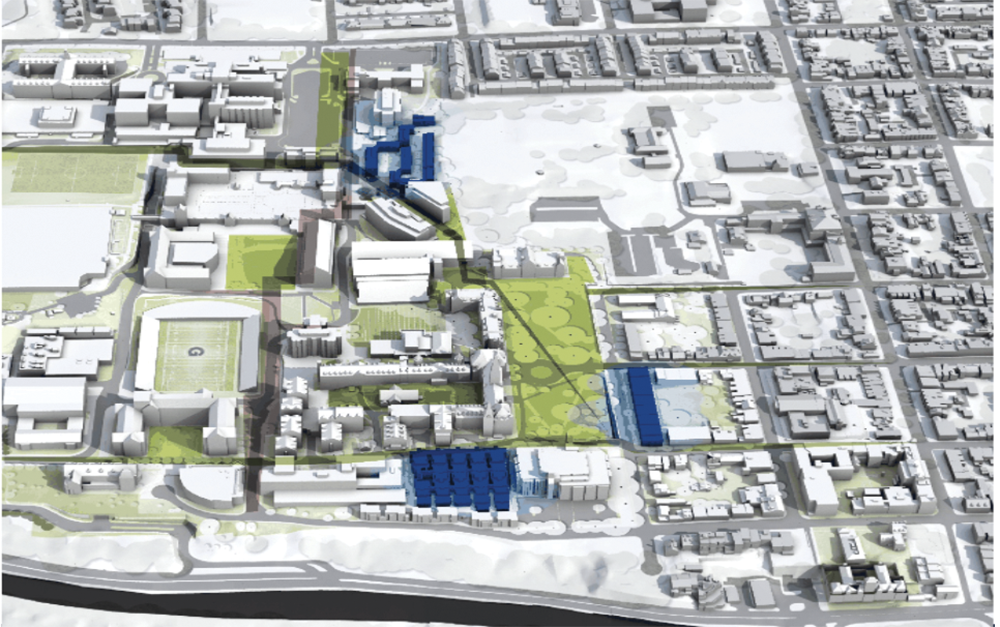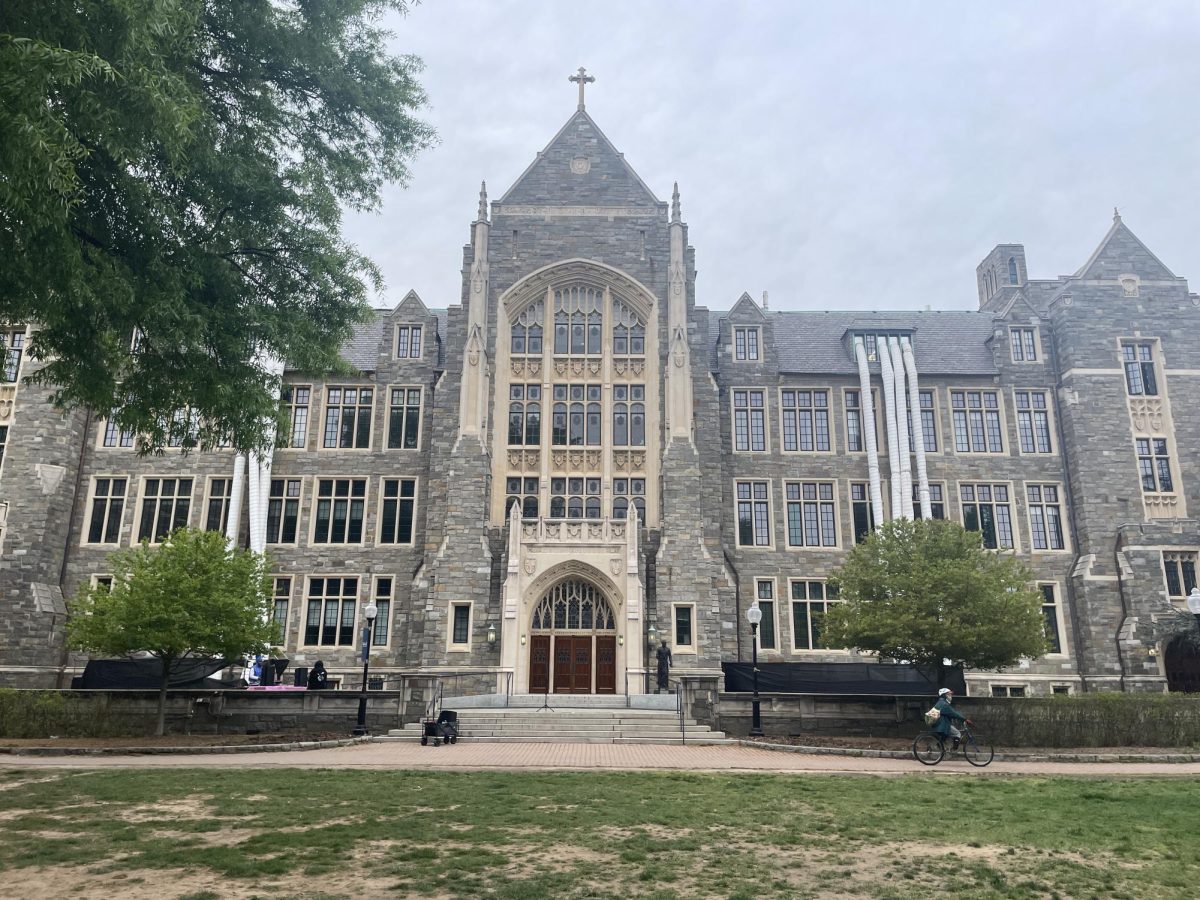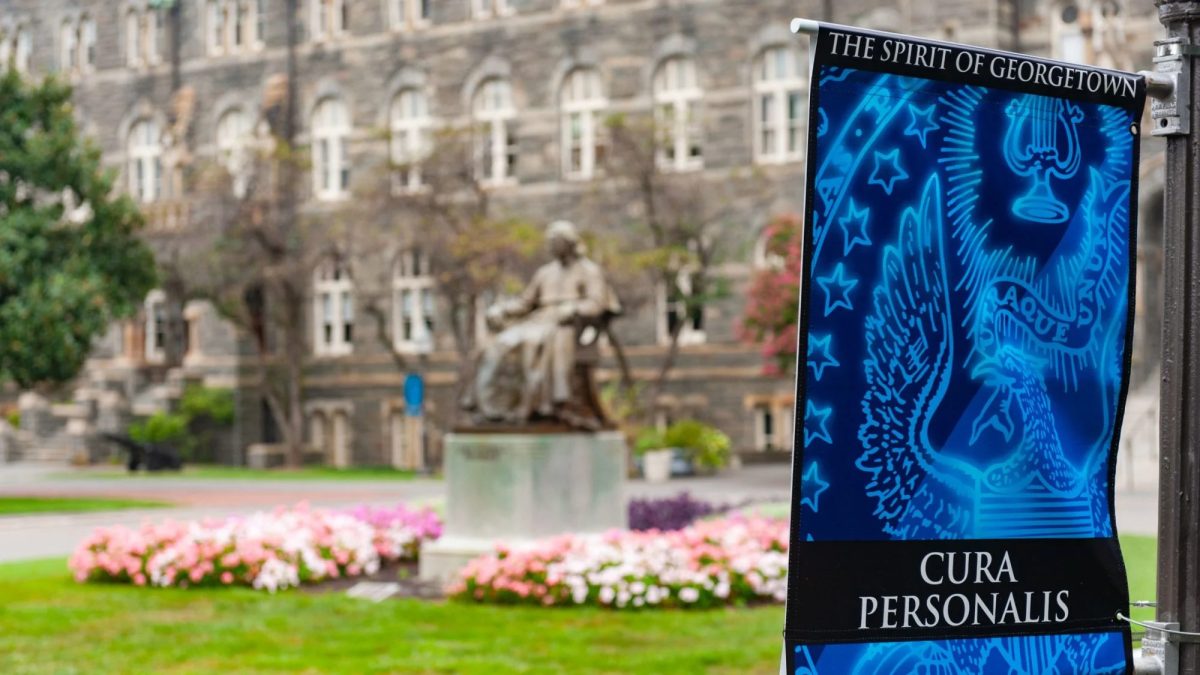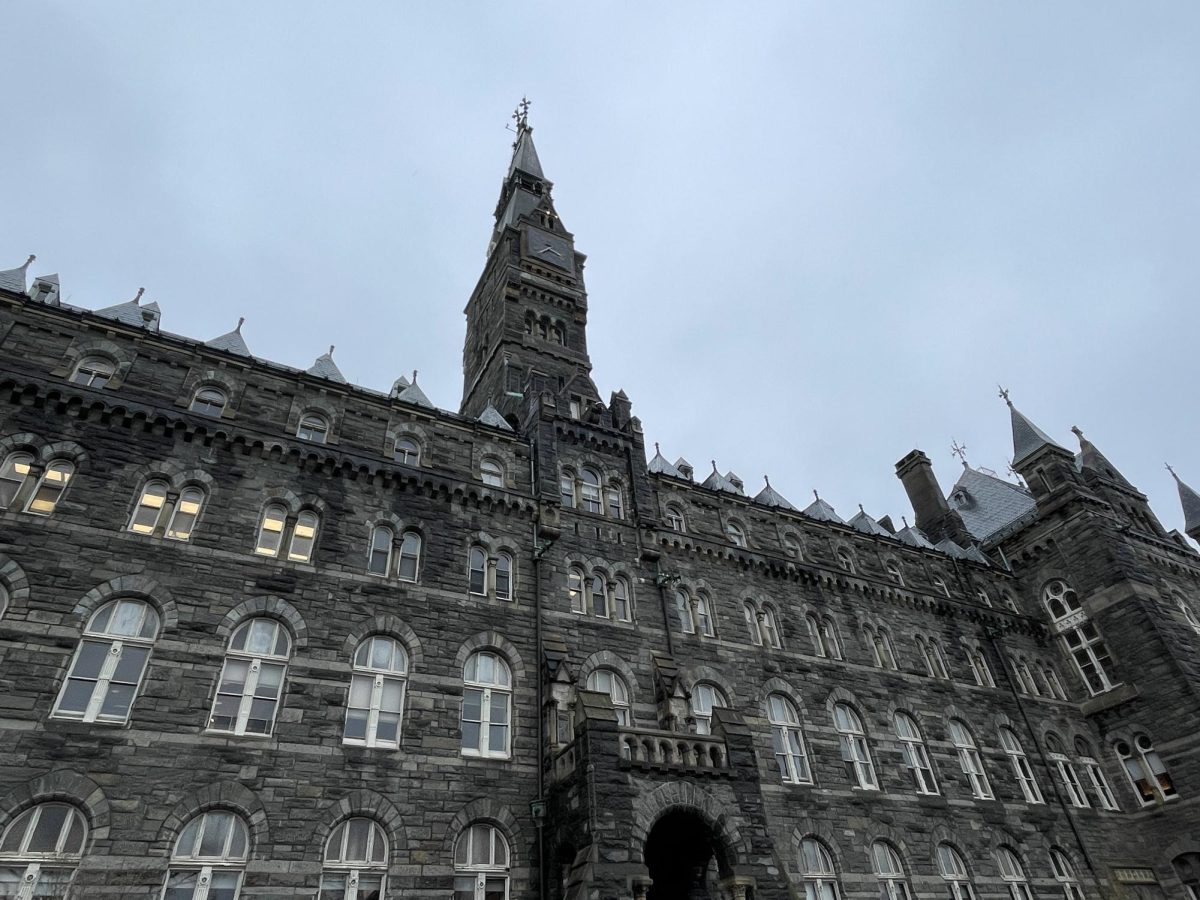
The Washington, D.C. Zoning Commission approved the 20-year campus plan with the collaboration of students, administration and neighbors in Georgetown.
The Washington, D.C. Zoning Commission unanimously approved Georgetown University’s 20-year campus plan in a hearing Dec. 1, ending a four-yearlong process led by the Georgetown Community Partnership.
The 20-year plan, which prioritizes student housing renovations, outlines future academic spaces and plans revitalized on-campus student life, spans from January 2017 through 2036, making it the longest standing campus plan in Georgetown’s history.
Under the D.C. zoning code, all universities in the District are mandated to obtain formal approval of their campus plans by the Zoning Commission. The GCP, a group developed after the 2010 Campus Plan’s contentious drafting and approval process between neighbors and the university, participated in discussions with representatives from the Georgetown University Student Association, university administrators and neighborhood representatives from local citizens’ associations and advisory neighborhood commissions.
The plan emphasizes the main campus as a hub for student activity and life, including the creation of a student life corridor extending from O’Donovan Hall to the Leavey Center, while focusing on the improvement of existing living spaces, rather than the construction of new buildings.
Renovation plans include improvements to Village A, the Alumni Square apartments and Henle Village, as well as the creation of a green space on the north side of campus between Darnall Hall and the Medstar Georgetown University Hospital.
GUSA President Enushe Khan (MSB ’17), who sits on the GCP Steering Committee and the GCP’s Master Planning Working Group, made up of students, administrators and neighbors to draft the campus plan, said this year’s process better incorporated the wishes of all parties involved.
“This time around, students were very much a part of the process. We maintained open communication with university administrators and neighbors, and we focused on coming to shared agreements,” Khan said. “This plan was unanimously approved, because the students, neighbors and university were able to find shared interests and focus on solutions that help everyone.”
The GCP consists of different working groups focusing on specific parts of the campus plan and eventually makes recommendations to the Steering Committee, which is composed of representatives from Advisory Neighborhood Commission 2E, ANC 3D, the Citizens Association of Georgetown, the Burleith Citizens Association, the Foxhall Village Citizens Association, Vice President for Government Relations and Community Engagement Christopher Murphy (GRD ’98), Vice President for Planning and Facilities Management Robin Morey and GUSA.
GUSA Deputy Chief of Staff for Master Planning and Community Engagement Zac Schroepfer (MSB ’19), who was elected as a student commissioner for ANC2E on Nov. 8, said the length of the plan will allow it to be more effective throughout its duration, adding that student interest in improvements to living spaces was reflected in the plan.
“If you were to create a campus plan with such a short term, you’re going to be impeding the planning process. It’s much better to create a long-term plan and then actually follow through with that plan,” Schroepfer said. “What the students saw as super important was renovating our existing buildings to create enhanced living spaces where students actually want to live and learn.”
This emphasis on improving on-campus residence halls also aligns with the interests of the Georgetown neighborhood community. According to Schroepfer, neighbors would like to see a more distinct separation between the campus and the Georgetown neighborhood.
“One of their main goals is to have less students out in the neighborhood and have campus be more of a central hub of living space,” Schroepfer said.
GUSA Chief of Staff Ari Goldstein (COL ’18) said a main concern throughout the campus planning process was student engagement. During the negotiations for the 2010 Campus Plan, which was not formally approved by the D.C. Zoning Commission until 2012 due to disagreements between neighbors and administrators and included the reinstatement of the third-year on-campus housing requirement, students were not able to give their input throughout the planning process, according to Goldstein.
“There was a lot of bad will from the last plan between students and neighbors and administrators,” Goldstein said. “There was this belief that student interests were fundamentally opposed by the neighbors and administrators, who are really the ones in power in this process.”
GUSA leaders sought to create a collaborative process between each of the parties involved. The GCP was founded in 2012 to allow for such a process.
Schroepfer credits the success of this most recent campus plan to the creation of the GCP.
“Historically, it’s been a lot of people having these ideas and fighting them out in front of the zoning commission. But with the creation of the GSP, to facilitate this conversation, students and neighbors and administrators all came together in the same room to share their perspectives,” Schroepfer said.
Goldstein said the new plan marked an increase in student engagement in the process and steps toward improved relationships with the greater Georgetown community.
“We are in a much better place than we have ever been before,” Goldstein said. “Having these good relationships allows us to advance student interests and get things done in a way that weren’t otherwise able to.”
University President John J. DeGioia said the commission’s approval reflects the efforts of the community members, students, faculty and staff involved in crafting and creating the plan.
“I am deeply grateful to all those who came together through our Georgetown Community Partnership,” DeGioia wrote in an email to the university community Dec. 5. “Developing a comprehensive plan that meets the needs of all stakeholders is challenging, and the unanimous approval by the D.C. Zoning Commission reflects an extraordinary commitment to dialogue and engagement from all who were involved.”


















